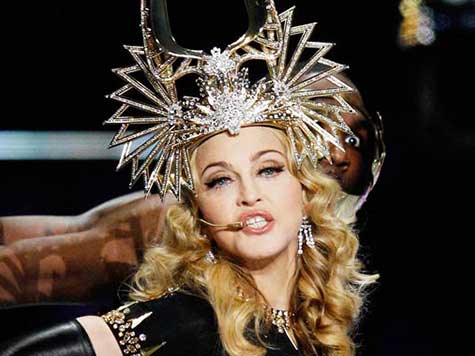
Everyone knows that the typical advertisement on the Super Bowl goes for millions of dollars. And we all wonder why the ads they produce for that money feature children peeing in pools, monkeys farting, and bungee jumping cars. Those don’t seem like particularly good uses of company funding.
And they aren’t. They’re commercials targeted to the younger demographic. And as the Super Bowl itself shows, the younger demographic isn’t where the cash is. The advertising agencies had better wake up and smell the coffee: older, more conservative audiences are the ones that should be targeted now.
The networks and the NFL get it: we’re getting old as a country. Seven of the last eight Super Bowl halftime shows have featured Boomer and Gen X icons: Paul McCartney (2005), the Rolling Stones (2006), Prince (2007), Tom Petty and the Heartbreakers (2008), Bruce Springsteen and the E Street Band (2009), The Who (2010), and Madonna (2012)? Perhaps the under-40 crowd remembers Madonna, but if they do, it’s in a very vague half-sleep state.
And yet America’s commercial advertisers seem to think that the most valuable audience is the 18-49 crowd. For years, American advertising has been run on the notion that young audiences are more valuable than older audiences; that if you grab a youngster’s brand loyalty early, you’ll grab ’em for life; and that older audiences are set in their ways. That’s how so much liberal television has been sneaked past advertising honchos – young people tend to be liberal, and so the honchos figure that liberal television will appeal to the most lucrative demographic. Even if more older people watch than younger people, the advertisers figure, they need to greenlight young-skewing programs to hit the target demo.
But the Super Bowl gives the lie to that. The viewership was enormous, of course – over 111 million people watched the game – but the interesting part of the ratings breakdown is the age breakdown. Among adults 18-49, the Super Bowl scored an incredible 40.5 rating; each ratings point is worth approximately 1.159 million viewers. That means that somewhere around 47 million people aged 18-49 watched the game. Where did the other 64 million people come from? The older crowd and the younger crowd. It’s fair to assume that the vast majority of that rating came from the older crowd (Nielsen age breakdowns are either pre-programmed into television devices, or manually input). In other words, at least as many people 50+ watched the game as people 18-49. Hence the entertainment choices at halftime.
Now, that doesn’t automatically mean that older audiences are worth targeting, of course. But the Nielsens themselves say they are – a joint study by CBS (which nobody under the age of 50 has ever watched) and the Nielsens shows that, in the words of CBS Chief Research Officer David Poltrack, “There is no link, none, between the age of the specified demographic delivery of the campaign and the sales generated by that campaign.” That’s why there was a seeming gap between the content of the commercials, which skewed younger, and the content of the halftime show, which skewed older: the networks understand that to get viewers, they need to aim older.
If the advertisers ever catch on, television may have to skew more conservative, too.

COMMENTS
Please let us know if you're having issues with commenting.